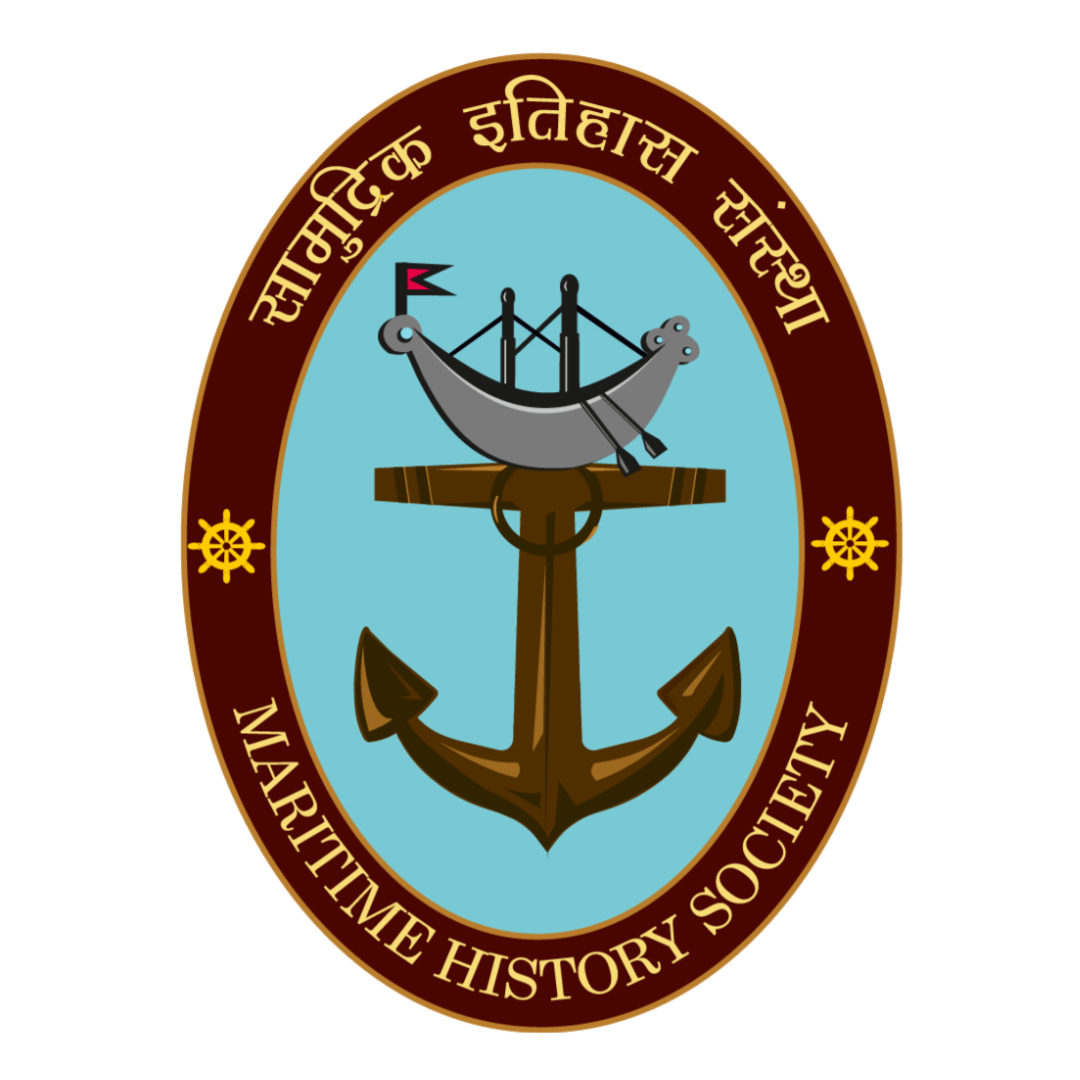Every year, on April 5, India celebrates National Maritime Day to commemorate modern Indian shipping embarked on its maiden voyage this day in 1919. The SS Loyalty, owned by the Scindia Steam Navigation Company, made an audacious venture, sailing from India to England.
This piece cherishes the day by taking us through the historical recall of the journey of India’s Shipping development, understanding the significance of National Maritime Day, and reminisce about the contribution of Mr. Walchand and Scindia Steam Navigation Company in India’s shipping history.
Historical Perspective: The beginning of shipping technology in India goes back to the Third Millennium BC, to the Harappan times. The Harappans (or Indus Civilization) constructed the first tide dock of the world for berthing and servicing ships at the port town of Lothal in about 2500 BC. Early Indian maps and navigation charts were rather primitive since Indian cartographers had little knowledge of scale. However, they did use the Pole Star and constellations for the purpose of navigation. In addition to a trade fleet, many Indian rulers attempted to organize some sort of navy to protect their trading ships. The need to maintain a navy became more urgent during the Late Middle Ages when the first European vessels began to arrive in India from Portugal and the Netherlands.
Understanding the Significance of National Maritime Day Following the British colonisation, the British Admiralty ruled the Indian waves. Indian shipbuilders helped build ships for the Royal Navy. These ships included, for instance, HMS Hindostan, HMS Ceylon, HMS Asia, HMS Cornwallis, and HMS Minden. Between 1736 and 1821, the Bombay Dockyard produced 159 ships of over 100 tons, including 15 ships of over 1,000 tons.
In the pre-independence era, the British were masters of the global maritime commons with monopolistic domination of mercantile shipping. By the late 19th Century, the tables started turning as ambitious Indian entrepreneurs like Mr. Walchand Hirachand, then a railway contractor and businessman alongside Mr. Narottam Morarjee, Mr. Kilachand Devchand, and Mr. Lallubhai Samaldas were trying to break the hegemony by envisioning the establishment of a strong, domestic India’s own shipping industry. In 1890, The RMS Empress of India had first been purchased by the Gwalior royal family, from the Canadian Pacific Railway and was used as a hospital ship for Indian soldiers, during the First World War. Taking this opportunity, Mr. Walchand along with his other business partners laid the foundations for their company the Scindia Steam Navigation Company Ltd, which came to be known as the first swadeshi shipping enterprise, aimed at creating India’s indigenously constructed mercantile fleet.
In 1919, the newly founded company purchased SS Loyalty, formerly known as RMS Empress of India which embarked on its journey to the United Kingdom. This was a milestone in Indian shipping history as the SS Loyalty was the first ship in a long time owned solely by the Indian people. This was the emergence of a new shipping empire in India. Mr. Walchand Hirachand with the successful establishment of Scindia Steam Navigation Company Ltd wisely focused on building India’s trade capacity and developed smaller Indian shipping companies to fight growing British interests.
Acknowledging the significant contribution of Mr. Walchand and his company, Business historian Gita Piramal in her book Business Legends writes,
“When Walchand entered shipping in 1919, India’s mercantile marine consisted of a few small tramps serving tiny unknown ports along India’s coastline. By the time he died in 1953, he had wrestled a 21% share of Indian coastal traffic from British Shipping interest”.
In 1964, to celebrate the consequential historic voyage of SS Loyalty, National Maritime Day became an important event and honored Indian entrepreneurs who were determined to establish homegrown vessels that helped revive India’s shipping industry.
At present, India’s maritime transport and shipping are regulated by the Ministry of Shipping, tasked with developing and implementing shipping policies and programs. In India, around 550 ships are flying the Indian flag on the high seas, 95% of the country’s trade by volume and 68% by value are globally moved through Maritime Shipping. The percentage itself is enough to make an individual aware of the importance of shipping and most importantly their contribution, in sustaining the growth and development of the economy on a national basis. It is time that we study Indian history from the perspective of the high seas.
Today, the Maritime History Society has been able to successfully revive the spirit of a maritime consciousness among avid enthusiasts. MHS has over the years collaborated with various institutions and organizations across the nation and beyond through enhancing its influence and creating substantial literature, archives, and historical data available through academic seminars and conclaves on India’s maritime heritage, a vast range of publications on Maritime history from Ancient Indian to Contemporary and also creating a niche for itself by furthering the cause of India’s maritime legacy. Amidst the malaise of the pandemic, the appeal is to push support for scholarship albeit digital towards a rising tide of sea-mindedness!



0 Comments